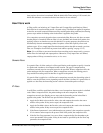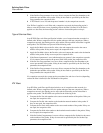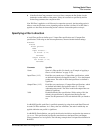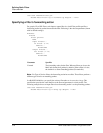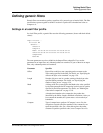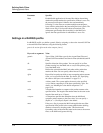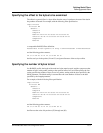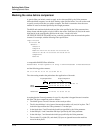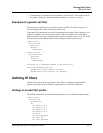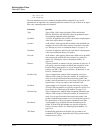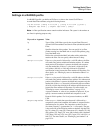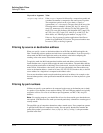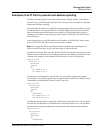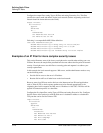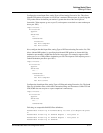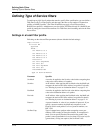
Defining Static Filters
Defining IP filters
MAX 6000/3000 Network Configuration Guide 15-11
• In the tenth byte, 9 matches the Value parameter’s 9 for that byte. The second 9 in the of
the packet’s tenth byte is ignored because the mask has a 0 (zero) in its place.
Examples of a generic call filter
The following example shows how to define a generic call filter. The filter’s purpose is to
prevent inbound packets from resetting the session-timer.
In the Input Filter, the default values are left unchanged in the Generic Filter subprofile, so all
packets are matched. Also, the forwarding action is left at its default of No. In the Output
Filter, the default values again match all packets, but the forwarding action is set to Yes. So the
filter does not prevent outbound packets from resetting the timer or placing a call.
Input filters...
In filter NN
Valid=Yes
Generic...
Forward=No
Output filters...
Out filter NN
Valid=Yes
Generic...
Forward=Yes
Following is a comparable RADIUS filter definition:
test-user Password="test-pw"
Ascend-Call Filter="generic in drop"
Ascend-Call Filter="generic out forward"
Defining IP filters
IP filters affect only IP and related packets. They make use of high-level information in
packets (for example, protocol numbers, logical addresses, and TCP or UDP ports).
Settings in a local Filter profile
The IP Filter subprofile contains the following parameters (shown with their default values):
Input Filters
In Filter NN
Type=Generic
IP...
Src Mask=0.0.0.0
Src Adrs=0.0.0.0
Dst Mask=0.0.0.0
Dst Adrs=0.0.0.0
Protocol=
Src Port Cmp=None
Src Port #=0
Dst Port Cmp=None



